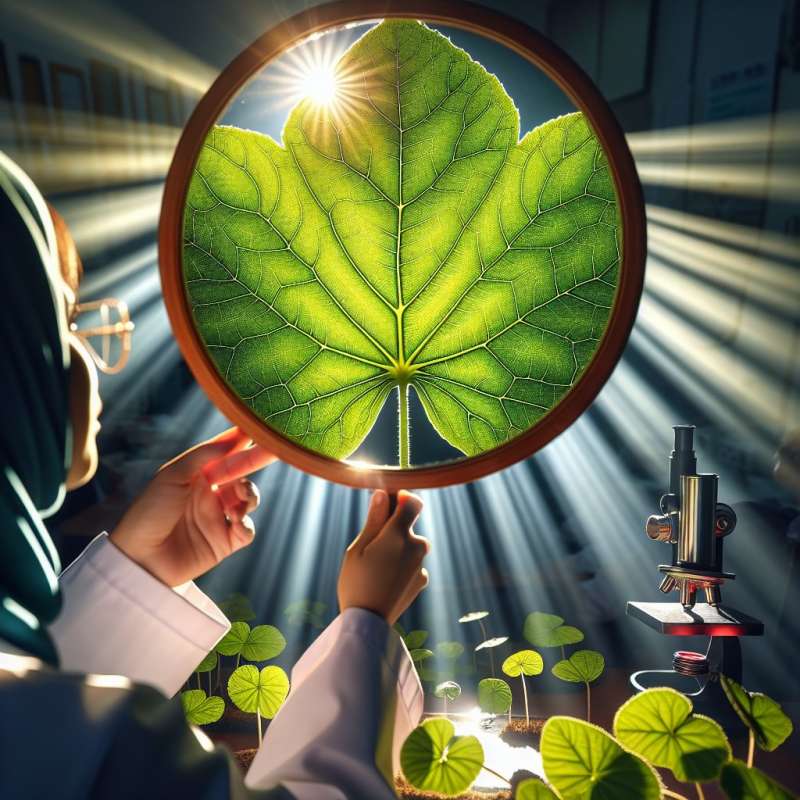
Plants: Masters of Photosynthesis
Photosynthesis is not just about oxygen production. Plants can alter leaf orientation and chloroplast arrangements to optimize light absorption, showcasing a dynamic control system for energy efficiency previously underappreciated in plant physiology.
Roots: Soil's Secret Sentries
Roots communicate with rhizosphere microbes, creating symbiotic relationships. These interactions can detoxify soil, enhance nutrient uptake, and even influence the plant's immune responses, revealing a covert network vital to plant health and ecosystem balance.
Floral Scents: Chemical Communication
Beyond attracting pollinators, floral scents are complex chemical signals. Some plants release volatiles to deter herbivores, while others can eavesdrop on these signals, ramping up their own defenses in anticipation of a threat.
Stomata: Tiny Pores, Huge Impact
Stomata, while regulating gas exchange, can quickly close to prevent water loss, responding to environmental cues within minutes. This rapid stomatal response is a sophisticated adaptation to fluctuating conditions, critical for survival.
Xylem and Phloem: Vascular Lifelines
Plants have two main vascular systems: xylem and phloem. Recent discoveries show these systems can transport signals that coordinate growth and defense, acting much like a nervous system, a concept revolutionizing our understanding of plant communication.
Circadian Rhythms in Plants
Plants possess circadian rhythms, internal biological clocks that orchestrate activities like flowering and enzyme production. Intriguingly, these clocks can be entrained by environmental cues, aligning plant physiology with the day-night cycle.
Plant Memory: A Lasting Impression
Plants exhibit a form of memory, 'remembering' past stress events which primes future responses. This can result in altered growth patterns or increased resistance to stress, a phenomenon with profound implications for plant resilience and crop management.Plants' Electrical Signals
Some plants can send electrical signals faster than human nerves, allowing rapid responses to stimuli like touch or damage, a surprising facet of plant communication.
What optimizes plants' light absorption?
Leaf orientation and chloroplasts
Roots and soil interactions
Stomatal gas exchange
Company